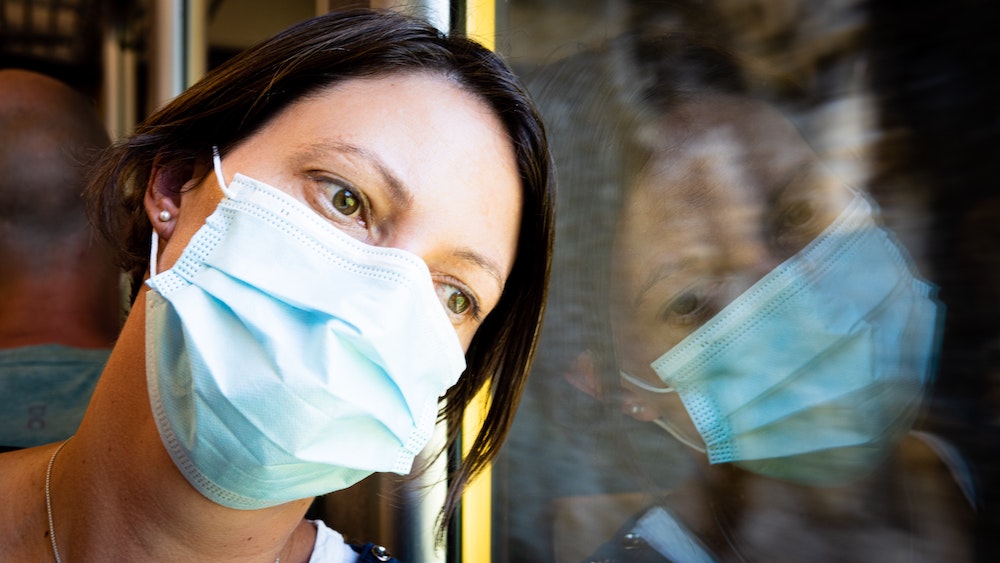What is COVID Long-Hauler?
Patients who are experiencing persistent symptoms after recovering from acute COVID. Other terminology includes post-COVID syndrome and chronic COVID. The World Health Organization now recognizes this as a disease entity.
How to prevent post-COVID syndrome?
By following the measures that could prevent getting COVID in the first place: vaccination, social distancing, wearing a mask, and hand hygiene.
What are the symptoms of post-COVID?
The following range of symptoms can continue for three months or more, from the onset of COVID:
-Physical limitation, such as fatigue, of one or more life activities.
-Cardiac and respiratory symptoms include shortness of breath, cough, chest pain.
-Psychological symptoms include anxiety, depression, post-traumatic stress disorder, loss of memory and concentration.
-Other symptoms could include:
loss of smell
headache
decreased appetite
joint and muscle pain
insomnia
diarrhea.
How long will it take for the symptoms to resolve?
This seems to depend on the severity of the initial COVID infection and the underlying co-morbidities for each patient. Symptoms in mild COVID cases typically resolve within two weeks. Symptoms in a more severe disease typically resolve within two to three months.
Longer recovery time is typically expected in patients who require hospitalization. However, even patients with milder COVID symptoms have experienced post-COVID syndrome.
What is involved in the evaluation of post-COVID?
The treatment should typically be in a multidisciplinary approach.
Symptoms:
The etiology of symptoms could be multifactorial. e.g., dyspnea could be related to resolving lung infection, muscle weakness, heart failure, or acute bronchitis.
Your physician will work on teasing out these different possibilities.
Physical examination:
Your physician will continue to assess on the examination of the chest for signs of lung scarring, pleural effusion (fluid in the lung cavity)
Blood work:
Repeat blood work such as complete blood count, blood chemistry, or liver function tests is sometimes necessary. D-Dimer is a test that could be repeated in patients with persistent symptoms and the need to assess for possible thromboembolism.
Oxygen requirements:
Some patients may have a continued need for oxygen supplementation, and we check their oxygen pulse oximetry in the clinic at rest and sometimes with ambulation.
Radiologic studies:
Other tests could include a follow-up chest imaging, CXR, or sometimes CT scan, especially if the CXR was abnormal during the acute illness.
This also might be indicated if there is a development of new respiratory symptoms. These studies could help assess the development of interstitial lung disease, e.g.,
Cardiac studies:
Patients with cardiac symptoms such as palpitation may require a 12-lead ECG and sometimes a Holter monitor.
Echocardiography sometimes is indicated if, e.g., myocarditis is suspected or in cases where the development of new heart failure is a concern.
Pulmonary studies:
Pulmonary function tests could be helpful in patients with persistent, new, or progressive respiratory symptoms. Persistently low diffusion capacity can be seen in patients who had severe COVID.
A six-minute walk test can be a helpful indicator of physical and respiratory capacity and can help detect the need for oxygen supplementation.
Cardiopulmonary exercise test (CPET) can help in teasing out pulmonary, from cardiac from deconditioning etiologies for dyspnea. It can also help in determining the need for pulmonary rehabilitation.
What is involved in the management of post-COVID?
Referrals & multidisciplinary approach:
Referral to outpatient subspecialties might be needed for patients with specific and isolated symptoms.
Neurologic symptoms:
A referral to a neurologist might be indicated in patients with neurological complications from acute COIVD such as seizures, stroke, and critical illness myopathy and neuropathy.
Cognitive or psychological symptoms:
Neuropsychological evaluation and management might be needed in patients with persistent memory and concentration problems.
Patients with more severe depression, anxiety, or PTSD symptoms may benefit from a referral to a psychiatrist for additional help.
Respiratory symptoms:
For all patients, we optimize pharmacotherapy for any identified underlying cardiac or pulmonary disease. Sometimes steroids might be indicated if there is underlying organizing pneumonia.
Breathing exercises could be helpful in mild symptoms. We assess the need for oxygen therapy and referral to pulmonary rehabilitation.
Other examples include treatment of cough with over-the-counter cough medications, inhaled bronchodilators, or steroids if indicated.
Chronic fatigue:
For patients with fatigue, the evaluation and management are close to chronic fatigue syndrome. Adequate rest, good sleep hygiene, a healthy diet, and hydration are all encouraged.
Referral to physical therapy and gradual return to more activity is initiated.
Social Services:
Social support might be needed for patients and their families who may have experienced a lot of stress and anxiety.
Physical therapy, occupational therapy, speech therapy, pulmonary and cardiac rehabilitation are all available ways to help patients with the post-COVID syndrome, depending on the symptoms.
Renal disease:
Long-term kidney problems and the need for dialysis may sometimes arise in patients with severe acute COVID disease.
How long can post-COVID syndrome last?
The answer is that we do not know. More time, research, and experience with this condition are needed.


